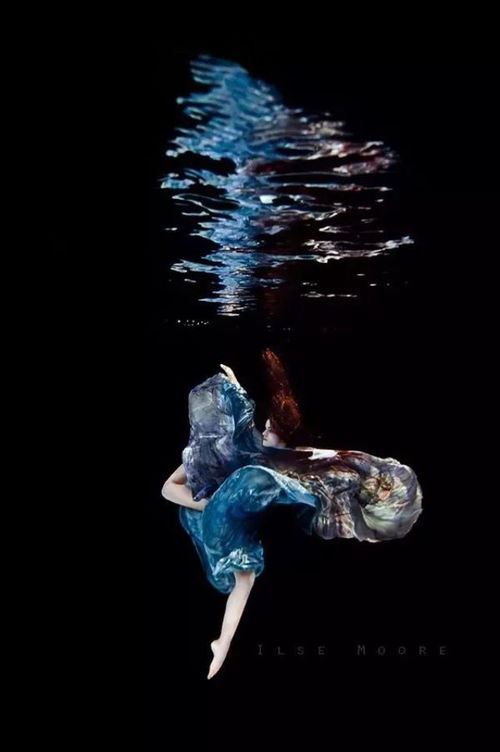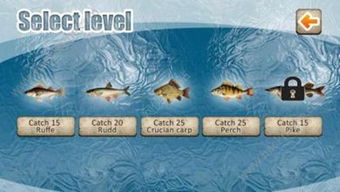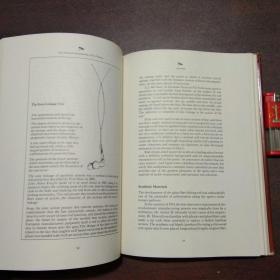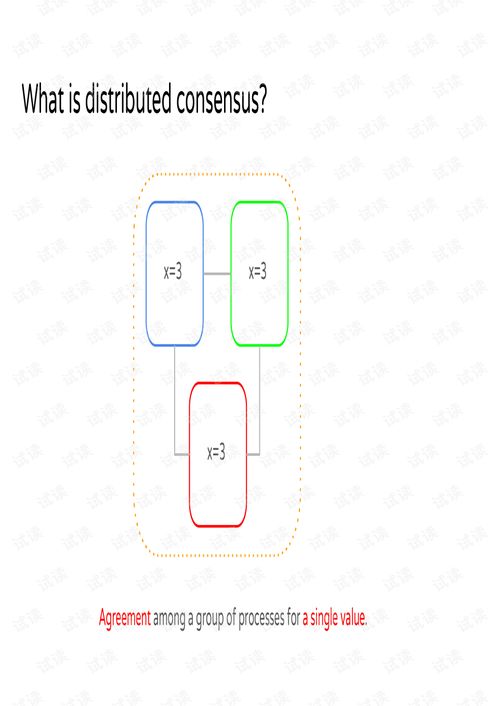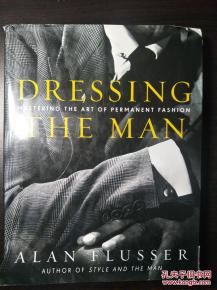Content:
In the serene world of angling, the handline method stands out as a traditional and rewarding way to catch fish. Whether you're a seasoned angler looking to refine your skills or a beginner eager to learn the ropes, understanding the intricacies of using a handline can significantly enhance your fishing experience. In this article, we'll delve into the essential fishing techniques and provide you with a treasure trove of video tutorials to help you master the art of handline fishing.
Understanding the Handline Technique
The handline method involves using a rod and reel, often with a line that is hand-tied to the end of the rod. This method is particularly effective for catching larger fish and offers anglers a more personal connection with their catch. Here's a breakdown of the key elements you need to know:
Rod Selection: The choice of rod is crucial. A handline rod should be long enough to handle the fight with a fish, typically ranging from 6 to 12 feet in length. The rod should be flexible to absorb the shock of a fish's strike and strong enough to withstand the weight of the line and fish.
Reel Setup: A spinning or baitcasting reel is commonly used with handline fishing. Ensure your reel is properly filled with line, with enough slack to handle the fight without the line becoming too tight.
Line and Leader: The main line should be strong and abrasion-resistant, usually in the range of 8 to 20 pounds test. A leader, typically 6 to 12 inches in length, is attached to the main line to protect the main line from the abrasive surfaces of the fish and the environment.
Hook and Bait: The choice of hook depends on the type of fish you're targeting. For larger fish, a strong, sharp hook is necessary. The bait should be appropriate for the species you're after, whether it's live bait, lures, or artificial baits.
Essential Fishing Techniques
Now that you have the basics, let's explore some essential techniques that will help you become a proficient handline angler:
Cast: The cast is the foundation of handline fishing. Practice your casting technique to ensure you can accurately place your bait in the desired location. There are various casting techniques, including the overhead cast, sidearm cast, and roll cast, each suited for different situations.
Trolling: Trolling is a popular method for handline fishing. It involves moving the boat at a slow speed and retrieving the line while the bait is dragged through the water. This simulates the movement of natural prey and can be effective for catching a variety of fish.
Jigging: Jigging involves quickly moving the rod tip up and down in short, sharp movements to attract fish. This technique is often used in deeper waters and can be highly effective for bottom-dwelling species.
Drifting: Drifting allows your bait to move with the current, mimicking the natural movement of prey. This method is great for targeting fish that are sensitive to boat noise and vibration.

Stalking: For certain species, like trout or bass, stalking is a key technique. It involves quietly approaching the fish and casting as close to it as possible without spooking it.
Video Tutorials to Enhance Your Skills
To help you master these techniques, we've compiled a collection of video tutorials that will guide you step by step:
Rod and Reel Setup: [Video Tutorial]
Learn how to properly set up your rod and reel, including the attachment of the line and leader.
Basic Casting Techniques: [Video Tutorial]
Get a comprehensive guide to the overhead cast, sidearm cast, and roll cast, with tips on improving your accuracy.
Advanced Casting Techniques: [Video Tutorial]
Explore more complex casting techniques that can help you reach distant targets and deal with tricky conditions.
Trolling and Jigging Techniques: [Video Tutorial]
Watch and learn how to effectively troll and jig, including the best bait presentations and retrieval techniques.
Drifting and Stalking Techniques: [Video Tutorial]
Discover the art of drifting and stalking, perfect for targeting fish in sensitive environments.
By following these tutorials, you'll gain the confidence and skill necessary to become a proficient handline angler. Remember, practice is key, and with time, you'll develop a personal style that suits your preferences and the species you're targeting.
In conclusion, handline fishing is an art that requires patience, practice, and a deep understanding of the techniques involved. By utilizing the right equipment, mastering the essential techniques, and supplementing your learning with video tutorials, you'll be well on your way to becoming a skilled handline angler. Happy fishing!

